How Much Land Would it Require to Get Most of Our Electricity from Wind and Solar?
Union of Concerned Scientists
FEBRUARY 22, 2023
Acknowledging that the United States is a leading contributor to carbon emissions, the Biden administration has committed to cutting US emissions 50 to 52 percent below 2005 levels by 2030. Examining Supply-Side Options to Achieve 100% Clean Electricity by 2035.) Map courtesy NREL: Denholm et al.





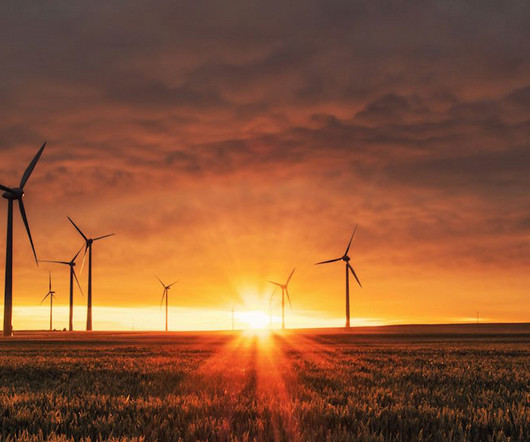


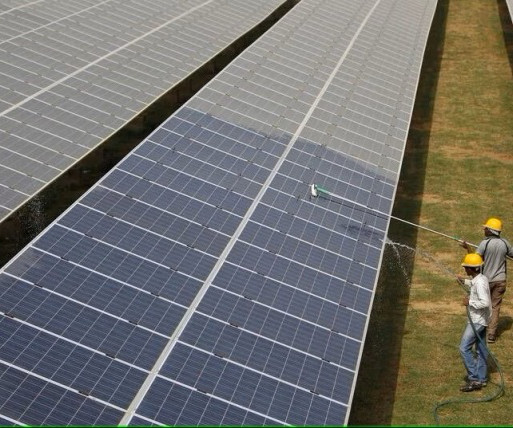
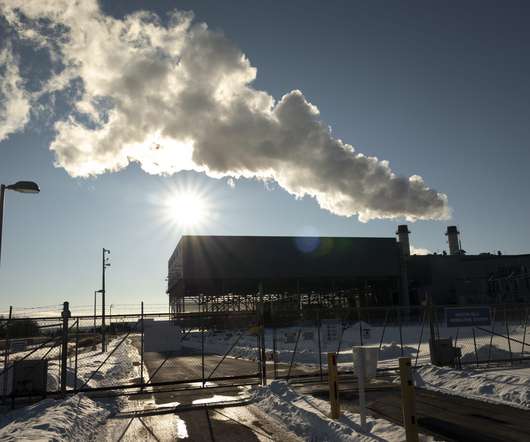

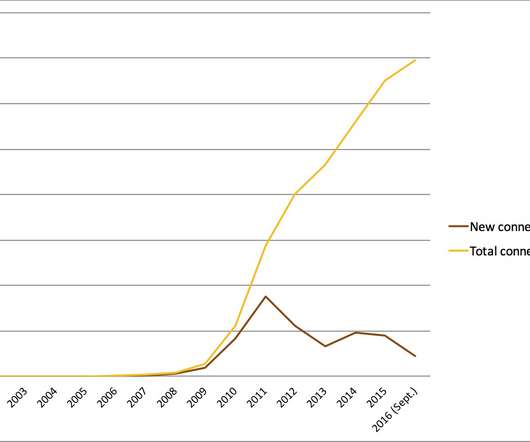
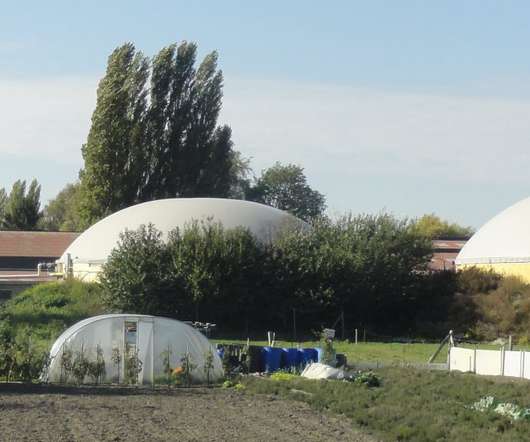






Let's personalize your content